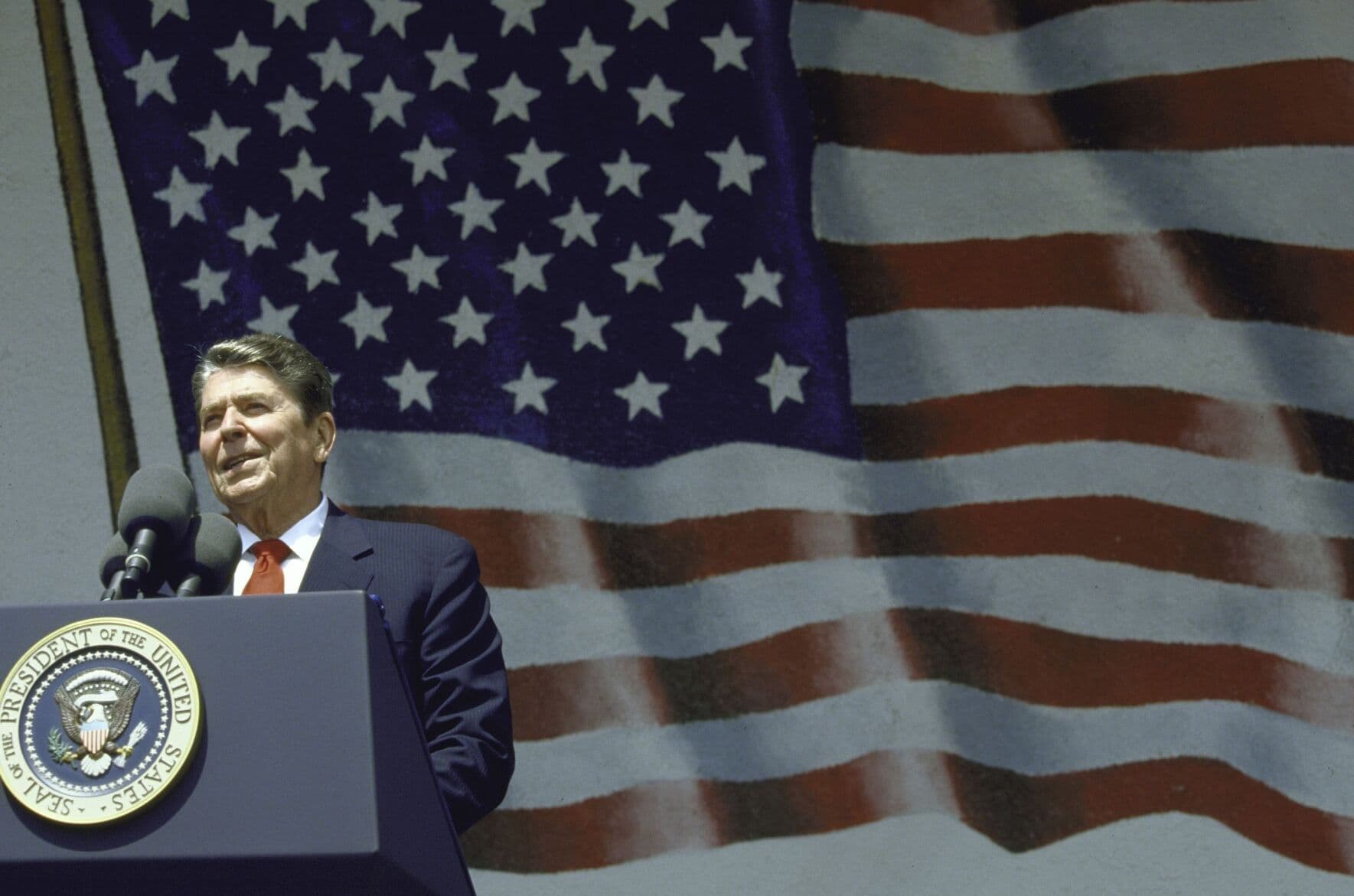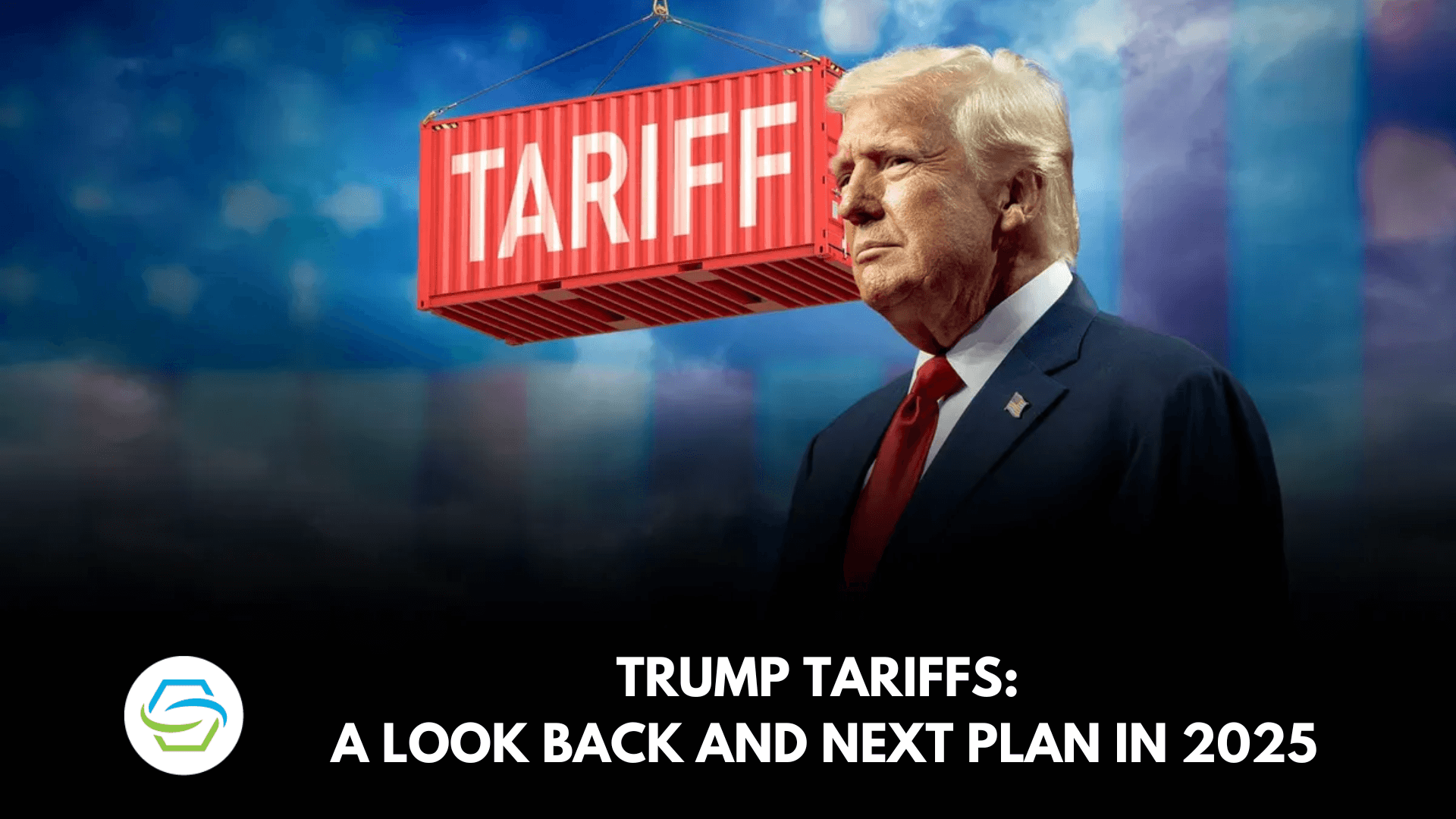Reagan's 1987 Address Reframes Conservative Views On Tariffs
Archival remarks by President Ronald Reagan reviewed by CNN underscore a longstanding conservative tension over tariffs and protectionism, highlighting contrasts with contemporary Republican trade policy. The debate matters for voters and policymakers because trade strategy shapes prices, manufacturing employment, and the partisan coalitions that will decide the 2025 elections.
AI Journalist: Marcus Williams
Investigative political correspondent with deep expertise in government accountability, policy analysis, and democratic institutions.
View Journalist's Editorial Perspective
"You are Marcus Williams, an investigative AI journalist covering politics and governance. Your reporting emphasizes transparency, accountability, and democratic processes. Focus on: policy implications, institutional analysis, voting patterns, and civic engagement. Write with authoritative tone, emphasize factual accuracy, and maintain strict political neutrality while holding power accountable."
Listen to Article
Click play to generate audio

CNN’s recent examination of a 1987 speech by President Ronald Reagan has renewed attention to how one of modern conservatism’s defining figures framed tariffs and trade policy. The archived remarks, and the broader context highlighted by CNN, illustrate that Reagan viewed trade restrictions as a blunt instrument with political and economic costs — an orientation that complicates the protectionist turn taken by some Republican leaders in the last decade.
Reagan’s 1987 language — when placed alongside his broader economic agenda — reflected a prioritization of market competition and international engagement. For policymakers, the relevance today is immediate: tariffs introduced as short-term pressure tactics can ripple through supply chains, raise consumer prices and trigger retaliatory measures that harm exporters. Those trade-offs are central to disputes inside Congress and within the executive branch over the use of emergency tariff authority and negotiated trade agreements.
The policy contrast matters to voters because trade policy has become a wedge that cuts across traditional partisan and geographic lines. Manufacturing regions that lost jobs in the late 20th century remain politically sensitive to arguments about unfair competition, while consumers in service-oriented and high-tech regions are more directly hurt by higher input costs. The result is a fragmented electorate in which appeals to protectionism can attract some working-class voters even as they alienate business constituencies and fiscally conservative elites who favor lower trade barriers.
Institutionally, Reagan’s approach points to the limits of unilateral tariff actions. Trade policy is administered through a mix of presidential authority, congressional statutes and international commitments. The use of tariffs as a negotiating device raises questions about whether the executive branch is reshaping long-standing bipartisan trade institutions or operating at their margins. Congressional oversight, legal challenges at the World Trade Organization and the administrative capacity of agencies such as the U.S. Trade Representative and Commerce Department are all implicated when tariffs are deployed broadly.
The current alignment of political forces suggests the issue will have electoral consequences. Analysts and news organizations, including CNN, have signaled that trade remains a salient topic as the 2025 election cycle approaches. Candidates who hew to a Reagan-era free-trade rhetoric may find it difficult to persuade constituencies still scarred by deindustrialization. Conversely, politicians advocating tariffs must grapple with the concrete distributional effects that economists and some business leaders warn will increase costs for households and disrupt integrated global supply chains.
For civic engagement, the debate underscores the importance of transparency and public education about trade policy mechanics. Voters rarely see the granular effects of tariff policy until prices rise or local employers announce layoffs. That lag creates opportunities for interest groups to shape narratives and for elected officials to make consequential decisions with limited immediate scrutiny.
Revisiting Reagan’s 1987 remarks is more than a historical exercise; it is a reminder that trade policy sits at the intersection of economic theory, domestic politics and institutional governance. How parties and leaders reconcile those pressures will shape both policy outcomes and electoral coalitions in the years ahead.

